032117_YKMV_A13.pdf








shop online at www.missourivalleyshopper.com
March 21, 2017 • Page 13
National Ag
Week
March 19-25, 2017
Crop Diversification Potential:
Improving Soil Health & Farm Profitability
Written collaboratively by
Tong Wang and Sandeep Kumar
SDSU Extension
Two-year corn-soybean
rotation coupled with
heavy chemical inputs
has become the routine
practice of agricultural
production in the Midwestern United States.
According to USDA/NASS
data, corn and soybean
prices received by producers in South Dakota both
reached the peak levels of $7.39 and
$16.00 per bushel, respectively, in
August, 2012. Such unprecedented
price has driven up the acreage
planted for corn and soybean, at the
expense of other crops and grassland.
Reduced profit from corn-soybean rotation
In most recent years, however,
corn and soybean prices have been
on a constant decline. Based on the
World Agricultural Supply and Demand Estimates on February 9, 2017,
the projected range for U.S. seasonaverage corn price ranged from
$3.20 to $3.60 per bushel, while the
soybean price ranged from $9.10/
Bu to $9.90/Bu. Despite the declining
prices, corn and soybean production
costs have been constantly increasing. Based on cash-rent farm enterprise analysis data for Minnesota,
South Dakota and North Dakota
(FINBIN), total corn production cost,
which includes both the direct and
overhead expenses, has risen from
$385 to $535 per acre from 2010 to
2015, a 39% increase. Similarly, total
soybean production cost increased
from $321 to $456 per acre during
the same period, a 42% increase.
The low corn and soybean market
prices together with increasing
production costs in recent years
have squeezed much of the profit
out of the traditional corn-soybean
rotation. Low profits from corn and
soybean production might open
the door for producers to rotate a
diversity of crops including wheat
and oat.
Importance of diversified crop rotation
on soil health
Crop rotational diversity is important to provide insect, weed, and
disease control, build soil health,
and has many other benefits such
as enhanced crop productivity,
environmental and economic benefits. Planting rotations that involve
cover crops can produce a large root
system which holds the soil together
by producing a new source of fresh
organic matter after roots decay.
This organic matter provides habitat
suitable for earthworms which
form tunnels in the soil for large
soil pores, subsequently enhancing
water infiltration. Organic matter
also helps to form new soil aggregates, which is important because it
holds the soil together and therefore
prevents the risk of soil loss due to
erosion during high intensity rainstorm events.
If the current soil structure is
dense and compacted, crops such as
alfalfa should be used in the regular
crop rotation. The deep root system
of alfalfa can go deeper into the
ground even in the compacted soils.
When these roots die, it leaves be-
hind tunnels in the soil for
future roots to grow into
and further loosen the soil.
Funded project and future studies
Our recently funded
NRCS Conservation Innovation Grant (CIG), titled
Demonstrating the Impacts
of Crop Diversification on
Soil Health and Farm Profitability in South Dakota,
aims to foster increased
awareness among producers about crop diversification such as corn-soybean-wheat,
corn-soybean-wheat-oats, cornsoybean-oats and cover crops and
no-till systems on soil health and
economic benefits.
A total of two farm sites located
in South Dakota will be selected for
assessing the impacts of diversified
crop rotation cropping systems compared to traditional corn-soybean
rotation and also incorporation of
cover crops on soil health, and crop
yield. The 2-crop, 3-crop and 4-crop
rotation system will be ranked
in terms of total input cost and
economic profit with and without
subsidy. This 2-year project will
demonstrate the impacts of diversified agroecosystems (corn-soybeanwheat, corn-soybean-wheat-oats,
corn-soybean-oats and cover crops
and no-till systems) on soil health
and economic benefits in South
Dakota. - See more at: http://igrow.
org/agronomy/profit-tips/crop-diversification-potential-improving-soilhealth-farm-profitability/#sthash.
P5yK8s8z.dpuf.
Will This Make My
Bull Sterile?
Spring—that wonderful time when we turn the bulls
out and they get to work for that feed ate over the last ten
months. This is also the time when we get quite a few questions about bull fertility. People wonder if this product or
that product can decrease the fertility of their bull. Here we
will address many of the common products that concern
producers, as well as note the most common causes of bull
infertility.
The most common concern is certain medications will
cause bull sterility. The most questions we get are about
sodium iodide, used to treat lump jaw, LA 200 or LA 300,
and pour-ons, like Ivomec, Dectomax or Cydectin. Current
research has shown these medications have no effect on bull
fertility and can be used during breeding season.
One class of medications that have received a lot of press
recently are pyrethroids, which are used for fly control. A
March 2012 article in Beef magazine suggested pyrethroids
may cause sperm defects. However, the article did not cite
any controlled studies. A study done in response by the
University of Illinois did not find any sperm defects in cattle
treated with common commercial pyrethroid products at label doses. It is suspected that over-exposure to pyrethroids
would be the main culprit for sperm defects, consequently
it is important to follow the labelled dose when using these
products.
Medications are not the biggest cause of bull infertility. That title goes to environment and nutrition. Cold, wet
weather can lead to permanent changes in fertility. This typically occurs in March when the wet snows occur, therefore
it is important to have a dry place for the bulls to lie down.
Hot humid weather can cause sperm abnormalities as well,
since the testicles cannot properly cool themselves. This
makes breeding cows in July a challenge.
Bulls that are under or over-conditioned also have difficulties breeding cows. Underweight bulls get run down
quickly during the breeding season and don’t cover as many
cows as a well-conditioned bull. In summer breeding, overweight bulls will spend more time in the shade trying to stay
cool than out with the cows. In order to have optimal success in breeding a bull needs to be in good condition with a
body condition score of five out of nine.
Finally, physical ailments can cause a bull to not breed
cows. Lame bulls have difficulty jumping on the cows and
consequently will not breed as well. It is important to note
that being overweight at the start of breeding season can
predispose a bull to go lame.
Having concerns about bull fertility is a good thing—without viable bulls you have no calves. If you are curious if any
product or management tactic can decrease a bull’s fertility,
feel free to ask us. It’s better to have the knowledge than to
have an issue at preg check time.
Jake Geis, DVM, works out of the Tyndall Veterinary Clinic.
Soil Health Principles
Anthony Bly
SDSU Extension
Soil health is a very important natural resource concern; however, knowledge of how
to build soil health is not widespread. The
principles of soil health should be addressed
as often as possible. At a recent South
Dakota Soil Health Challenge meeting in
Mitchell, Jay Fuhrer (USDA-NRCS) presented
his five principles of soil health:
1. Soil Armor
Soil armor (Figure 1) is important for
reducing water and wind erosion, decreasing water evaporation, moderating soil
5 miles West of Tyndall on Hwy. 50 Corner of Hwys. 50 and 37
Ph. (605) 589-3909 or Cell (605) 464-1113
www.schuurmansfarmsupply.com
WE DELIVER PREMIUM DIESEL FUELS & GASOLINE AT COMPETITIVE PRICES
• Prompt & Convenient Service
• All blends of Biodiesel available from
2% to 100%
• All blends of Ethanol from E-10 to E-85
• Unleaded and Premium Unleaded
with no ethanol available
• All diesel fuels contain additive for
todays newer model year equipment
with tier 3 and tier 4 engines.
Bulk Delivery of
Oils & Greases
to Your Door
• Mobil Delvac 15w40
• Mobil Fleet 15w40
• Mobil Hy-Tran 424
• Mobil greases XHP 222 and Extreme
A Full Line of Irrigation Lubricants
• Center Pivot Gear
• Gear Head
• Hydraulic Pivot Oil (T-L)
• Drip Oil
Benefits of Jerry’s Diesel Fuel
• Increased centane 4-5 points
• Prevents filter plugging caused by thermal stressing
with the engine
• Restores lost horsepower
• Reduces exhaust emission
• Increased lubricity
• Cleans and prevents deposits formed in high
pressure fuel injection systems (tier 3 & 4)
• Cleans and prevents injector deposits
• Improves and maintains fuel economy
• Disperses moisture caused by condensation
A Large Selection of Fuel Storage
Tanks in Stock
300, 560, 1000, 2000 gallon
Pumps and Accessories in stock
At Jerry’s we are your local
Meridian Fuel Trailer Dealer - Trailers in stock
Jerry’s
SERVICE INC.
HARTINGTON, NEBR.
Locally Owned and Operated
Serving NE Nebraska
and SE South Dakota
for over 37 years
1-866-254-6546 • Hartington, NE
1-402-254-6546
temperatures, reducing the impact of energy
from raindrops, suppressing weed growth,
and providing a habitat for surface dwellers,
which are an important part of the soil food
chain.
2. Minimizing Soil Disturbance
Minimizing soil disturbance, which Jay divides into biological, chemical and physical
tillage, enables the soil armor (surface plant
materials/residue) to persist. Biological
disturbance includes overgrazing of forages
that reduce soil armor and below ground
biomass. Physical and chemical disturbance
occurs from tillage burying crop residues
and over stimulating microbial breakdown and excessive carbon release into the
atmosphere.
3. Plant Diversity
Prairie plant diversity
aided and allowed soils to
develop prior to the introduction of annual cropping
systems. Plant diversity
DEALER
uses sunlight and water to
KEVIN HAHN MANAGER
sequester carbon and other
nutrients, preventing leakages into ground and surface
1504 East Hwy 50, Yankton, SD 57078 sttr@iw.net / fax. 605.260.1523
stockmenstrailersales.net
waters. Understanding
phone. 605.260.1522 or 866.760.3279
the four crop types: warm
season grasses and broadleaves, and cool season
grasses and broadleaves
is necessary for designing cropping systems that
improve soil health.
4. Continual Live Plant Root
A continual living plant
root either from the comMPCI & Crop Hail • 34 years of crop insurance experience. modity crop, cover, or
from forage crop provides
carbon exudates to feed
the soil food web, which is
44867 303rd St. • Volin, SD
exchanged for nutrients for
605-267-2767 • 605-661-1136 • 1-855-969-2767
plant growth. This process
is also important for soil
aggregate formation, which
increases soil pores for
improved water and air
exchange.
5. Livestock Integration
Lastly, livestock integration balances soil carbon
and nitrogen ratios by
converting high carbon
forages to low carbon
organic material, reducing
nutrient transport from the
soil, and promoting pasture
and rangeland management in combination with
cover crop grazing. - See
more at: http://igrow.org/
agronomy/corn/soil-healthprinciples/#sthash.0ArtU03z.
dpuf
HOXENG CROP INSURANCE LLC
INSURANCE
FOR WHATEVER
CROPS UP
Dave Hoxeng



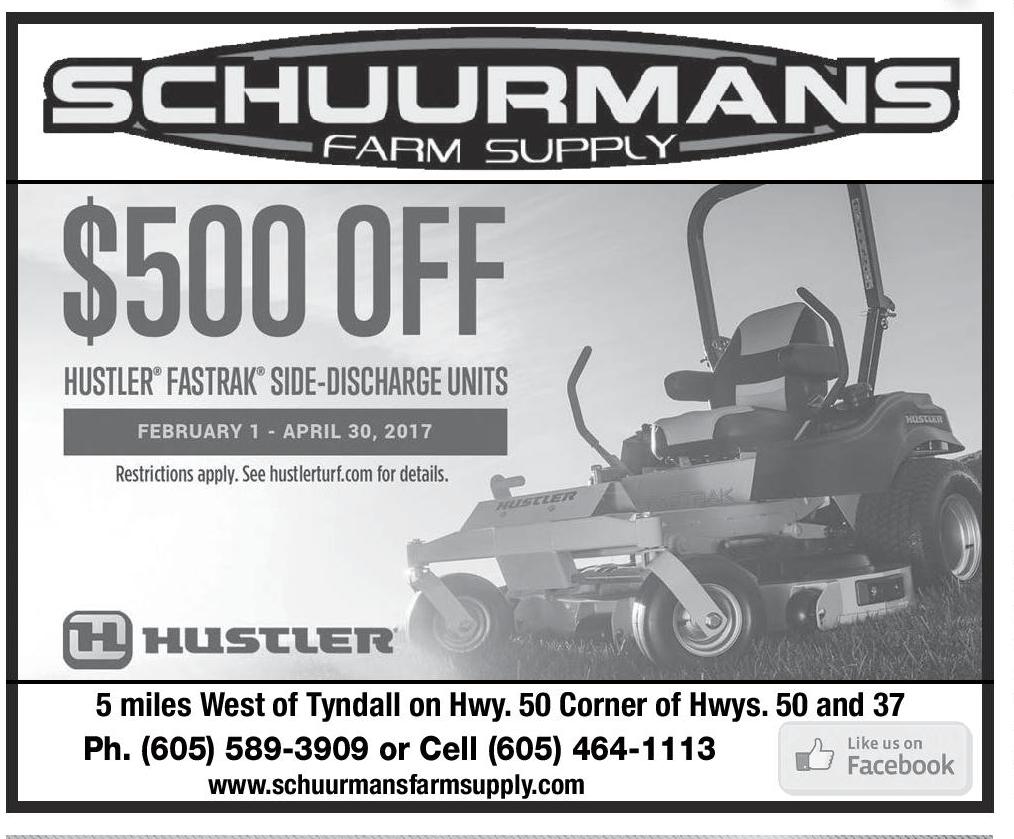
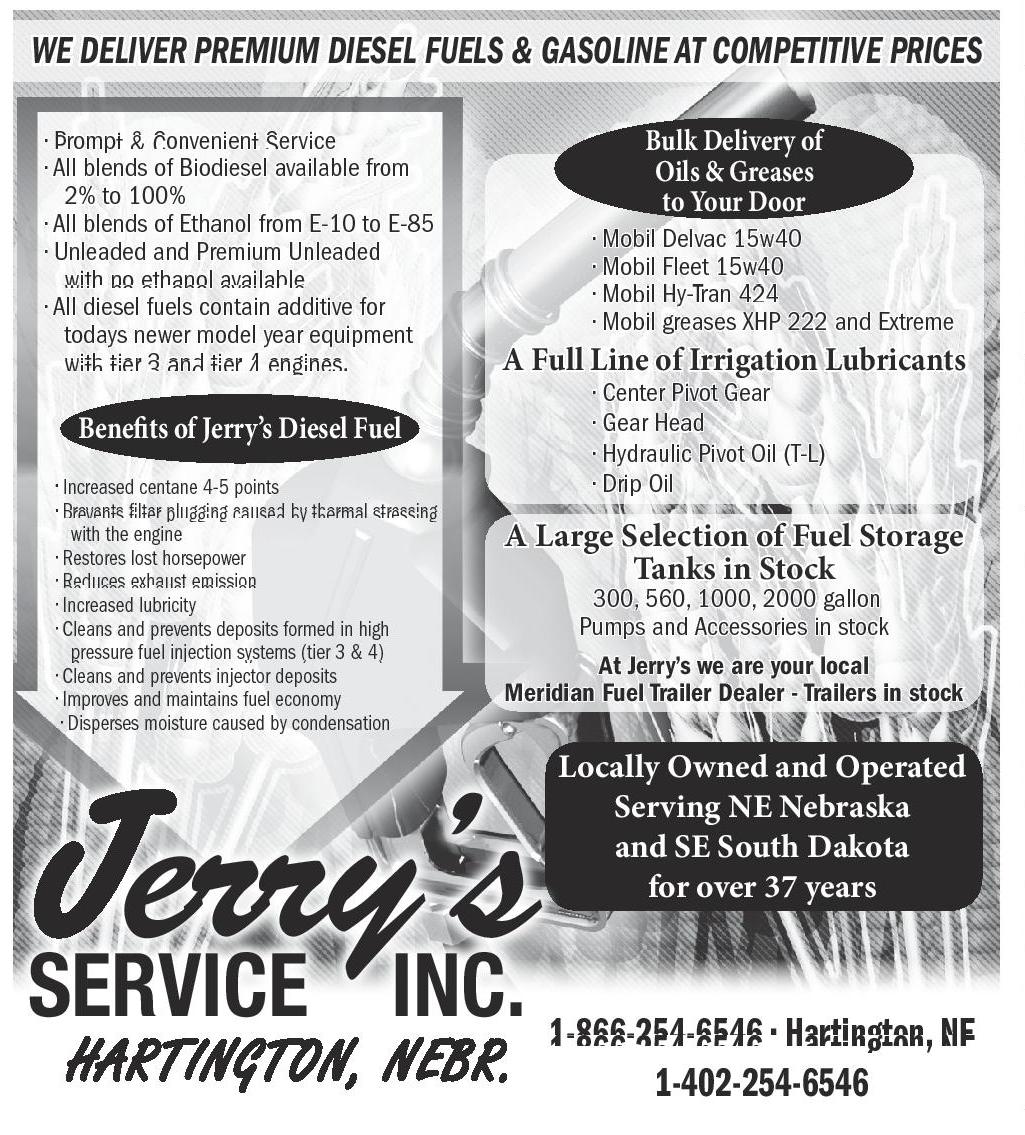

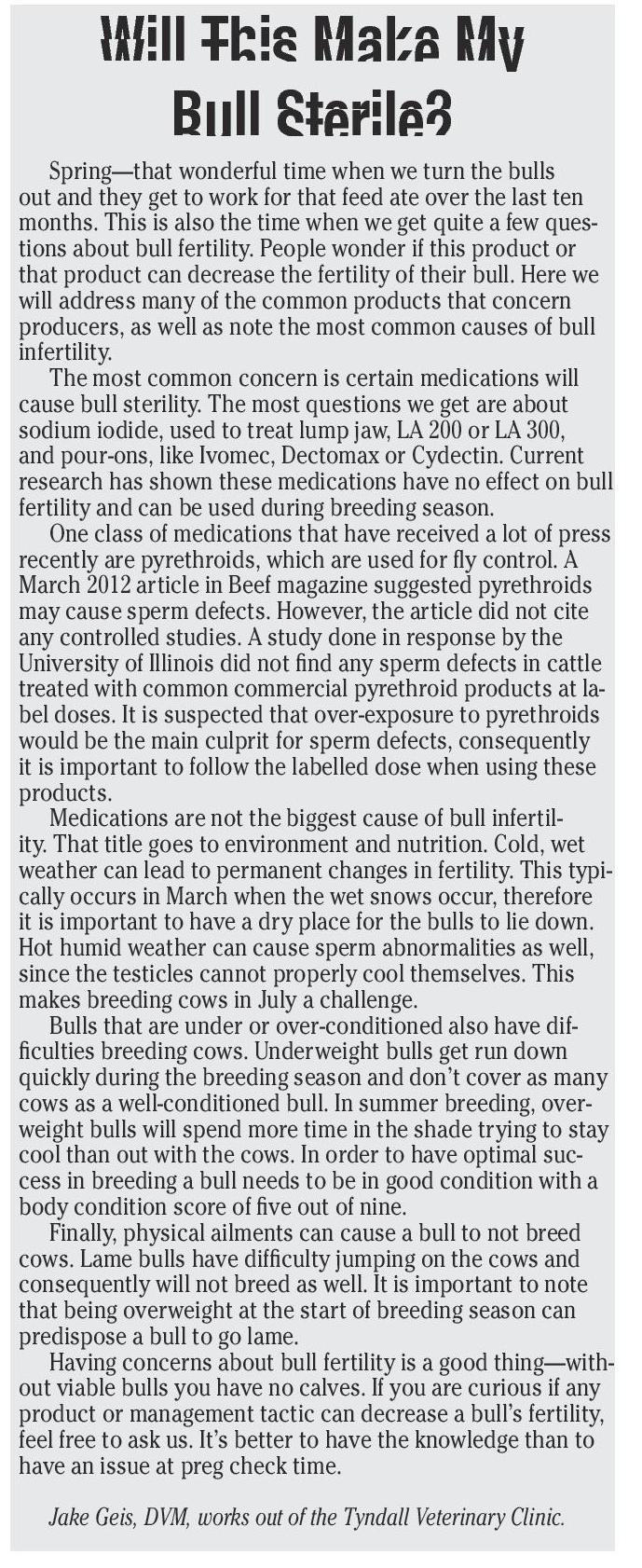
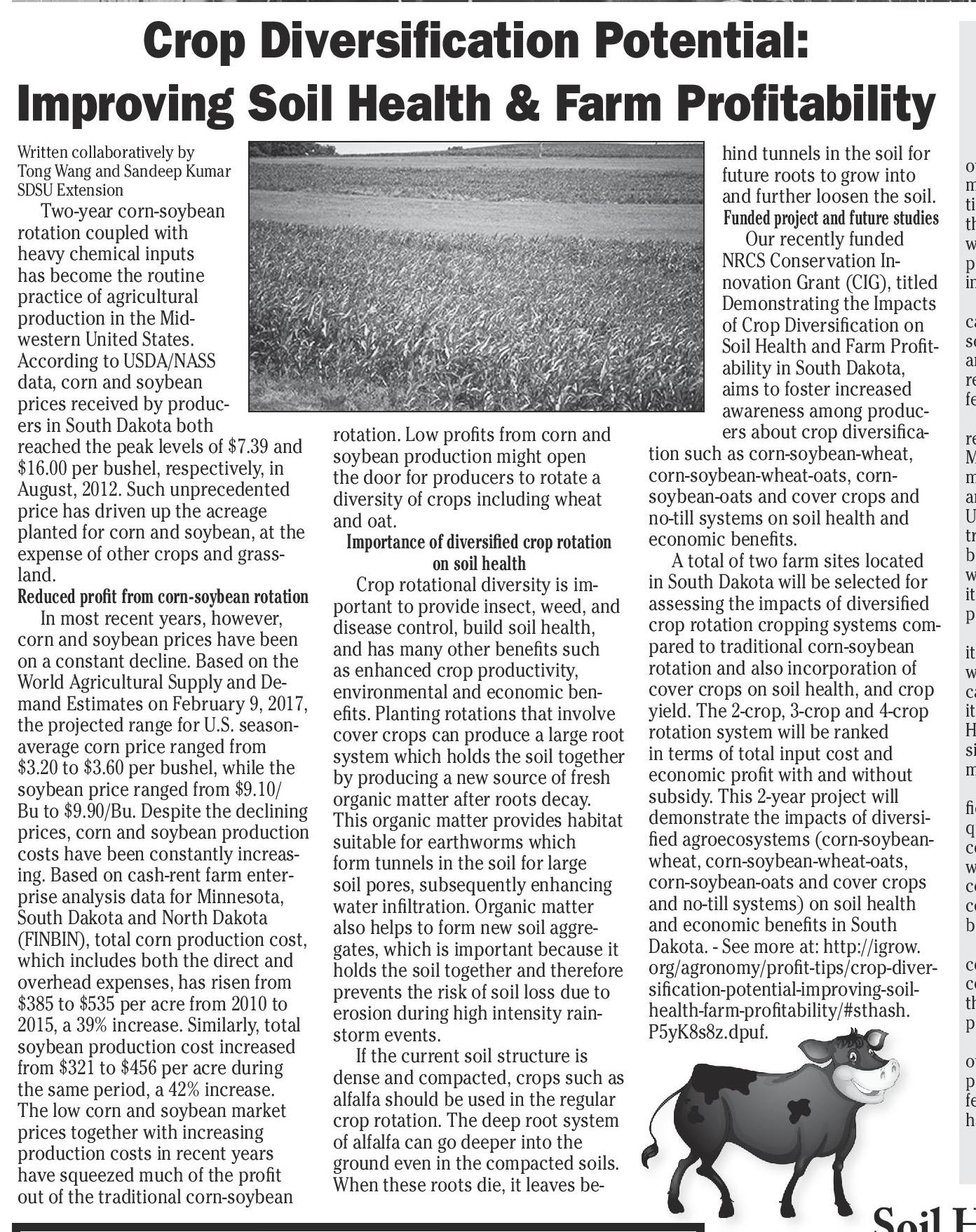



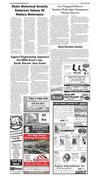

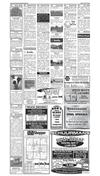





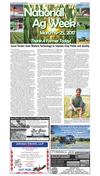

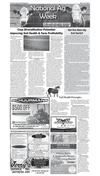
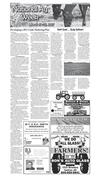
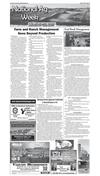
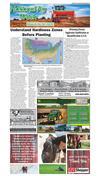
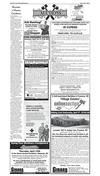

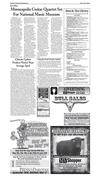

 Previous Page
Previous Page





